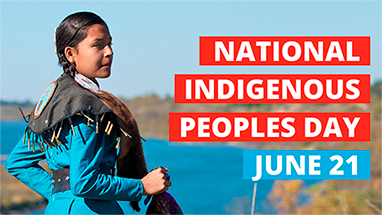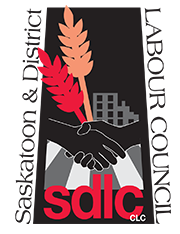
Saskatchewan is the traditional territory of the Cree, Dene, Dakota, Nakota, and Saulteaux peoples and the homeland of the Métis Nation. SGEU is grateful for the opportunity to work and live here. Learn about these peoples with the resources below.
Cree
The Cree inhabit an enormous region of Saskatchewan, from the northern woodlands areas to the southern plains. Cree are the most populous and widely distributed Indigenous peoples in Canada.
Learn more about the Plains Cree.
Dene
The Dene or Denesuline people occupy territory in northern Saskatchewan from Lake Athabasca in the west to Wollaston Lake in the east. The Dene or Chipewyan people live largely in three communities: Fond-du-Lac, Black Lake and Wollaston.
Learn more about the Denesuline.
Dakota/Lakota
The Dakota people have a long history correlated to the downfall of the Hopewell and later Mississippian archaeological cultures. They travelled to Saskatchewan and Manitoba to have access to the region’s mosaic of forests, lakes and prairies.
The Lakota people occupied the Missouri high plains and Mississippi regions. The Lakotas were forced to move onto the prairies in the early 18th century due to the rising conflict of the Ojibway - Dakota over control of hunting territories and access to traders.
Learn more about the Dakota/Lakota.
Nakota
The Nakota or Assiniboine are a Siouan-speaking people closely related linguistically to the Sioux and Stoney. The Nakota people inhabit large parts of Alberta and Saskatchewan. The word Nakoda means ‘friend’ or ‘ally.’
Saulteaux
The Saulteaux or Nahkawininiwak speak a language belonging to the Algonquian family; Algonquian people can be found from Newfoundland to the Rocky Mountains, and from the Hudson Bay to the southeastern United States.
Learn more about the Saulteaux.
Métis
The Métis emerged from the union of individuals who possessed mixed ancestry, typically from First Nations people and European cultures, or inter-marriages between Métis women and Métis men, resulting in the genesis of a new Indigenous people – the Métis.





